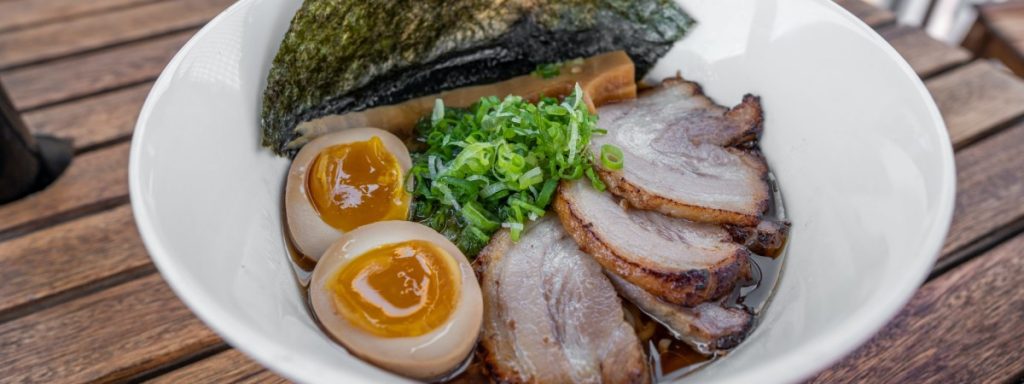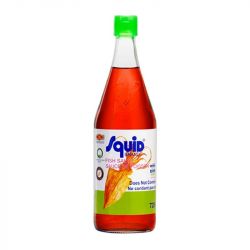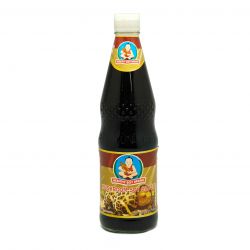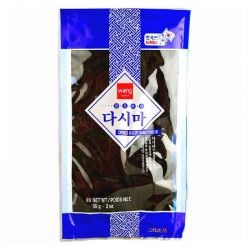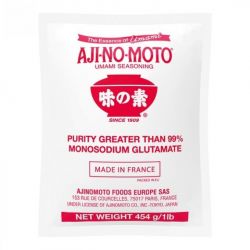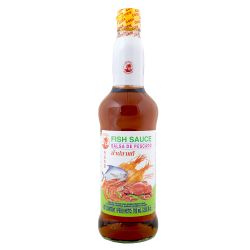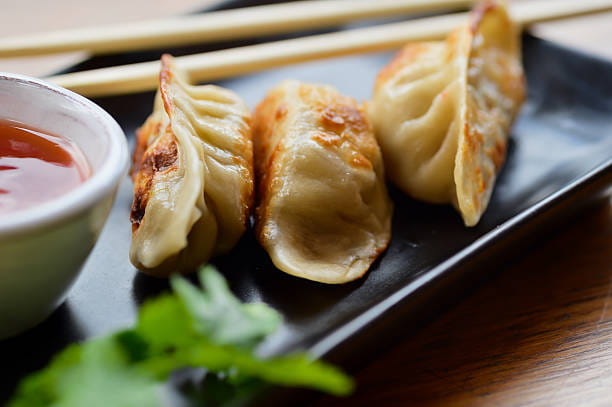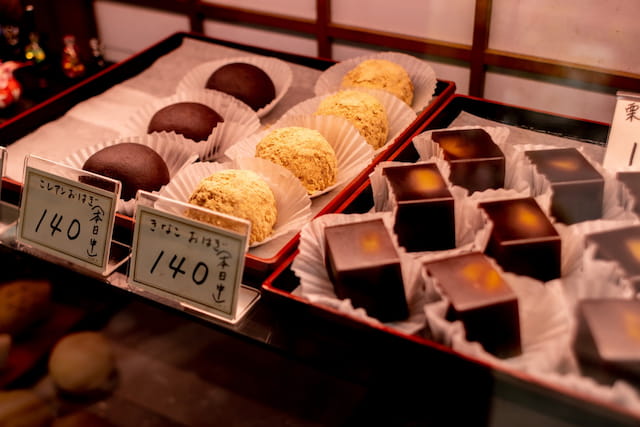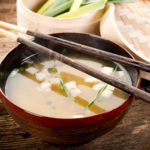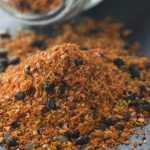Sweet, salty, bitter, sour… Surely your taste buds have no trouble recognising and differentiating these flavours. But what if they told you that there was a fifth taste, and that it is present in many of the foods we eat? This powerful but unknown taste is umami. If you still don’t know what it is, what it tastes like or what foods you can find it in, don’t worry, we’ll tell you.
What is umami?
The word umami means “delicious” in Japanese. Although it is difficult to define, umami is a unique flavour, tasty but not salty. It can be perceived in a wider area of the tongue than the other four tastes, namely in the central part. When eaten, it produces a velvety sensation on the tongue and its intensity induces salivation.
Its origin dates back to the early 20th century, when Tokyo University scientist Kikunae Ikeda discovered that the cooking broth of kombu seaweed had a special taste, different from those traditionally known. Ikeda concluded that the amino acid glutamate (also known as glutamic acid or glutamate) was responsible for the unique but highly stimulating taste.
In order to be able to artificially obtain a condiment or ingredient that would provide the “umami” taste, the Japanese scientist synthesised large quantities of kombu seaweed broth. The result was a salt called monosodium glutamate, which was later marketed by the Ajinomoto company and catapulted him to international stardom. The reason? Because adding this seasoning to food enhances the flavour and aroma, which increases appetite by up to 40 per cent. This salt is often found in convenience foods, which is why it is so addictive, as if it is impossible to stop eating it.
What is monosodium glutamate?
Monosodium glutamate is a salt obtained by combining sodium with glutamic acid. It is an alternative that can be added to foods that do not have this flavour naturally, as it enhances their flavours. To identify it in different products, it is as simple as looking for the following names on the ingredients label: E-621, MSG, yeast extract, hydrolysed protein, glutamic acid, sodium caseinate or calcium caseinate.
Consuming this additive is safe for health but, be careful, in the right measure. The World Health Organisation has ruled that the consumption of glutamate is safe, always taking into account the authorised doses. As a component that is often added to processed foods, eating too much glutamate can have harmful effects. The main consequence is that the palate can become accustomed to such intense and unconventional flavours and reject the natural flavours of food. Therefore, although glutamate itself does not have a toxic effect, adding it to undesirable foods, such as ultra-processed foods, can have an influence on increasing its consumption.
Foods containing glutamate
As explained above, umami can be found in its artificial version in the form of monosodium glutamate. However, it is also possible to find this taste naturally in many foods that you probably eat every day. Some of the foods that naturally taste umami are Parmesan cheese, anchovies, ham or tomatoes.
Now you will understand why some of these ingredients are often added to some recipes. It is because of umami, which is able to enhance the flavours of other foods. The most representative example is broth, to which ingredients such as ham, some vegetables, mushrooms, meat or soy sauce are added to make it tastier and more appetising. So, even if you didn’t know what the concept of umami was, you were probably already incorporating it into your recipes unconsciously to enrich them and multiply their flavours.
Where to buy?
In our online shop and in our physical shops in the cities of Barcelona and Madrid, you can buy food with uramami flavour, and even an umami flavour enhancer to add to your dishes.

